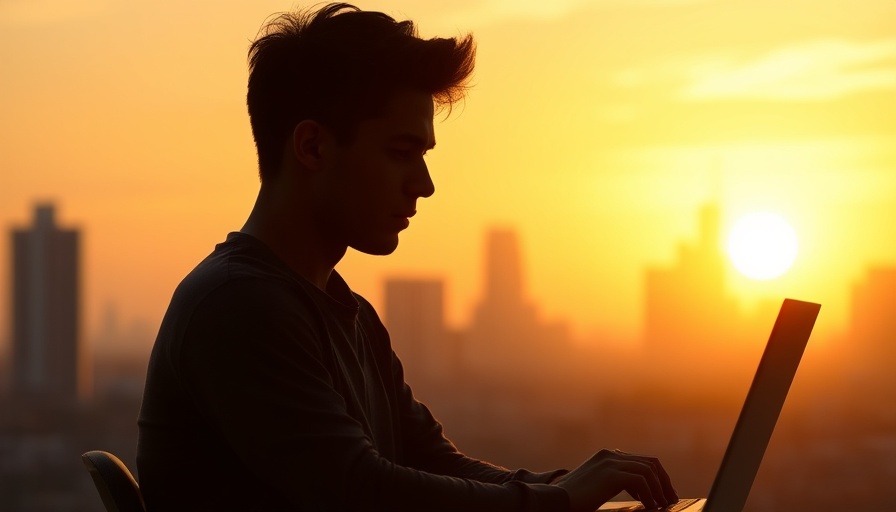
Unlocking the Potential of Google Ads for Multiple Goals
As a business owner or marketer, one of the main challenges you face is whether your Google Ads program can effectively support multiple advertising goals. Whether it's driving traffic to your website, generating leads, or enhancing brand awareness, understanding how to navigate Google Ads for diverse objectives is vital. Fortunately, with the right strategies, it's entirely possible to meet these various goals simultaneously.
Strategic Goal Alignment: The Key to Success
At its core, optimizing Google Ads for multiple goals requires a strategic approach to aligning your advertising efforts with your business objectives. You must clearly define what each goal entails and the specific metrics that indicate success. For example, if one of your goals is to increase traffic, focus on click-through rates (CTR) and cost-per-click (CPC) while keeping an eye on conversion rates to ensure you're still attracting the right audience.
The Role of Compelling Ad Copy in Achieving Goals
Engaging ad copy is essential when it comes to capturing the attention of your audience. Consider the insights from industry experts: “Crafting compelling ad copy not only grabs attention but also resonates with your audience,” states the Loves Data Team. By including a clear call to action in your ads, you guide potential customers on what to do next, whether that’s visiting your website or making a purchase.
Audience Targeting: Connecting with the Right People
To enhance your Google Ads program's effectiveness for multiple goals, precise audience targeting is crucial. Leverage demographic targeting to ensure your ads reach ideal customer segments, tailoring your messages to meet their specific needs. By analyzing your audience's behavior and utilizing tools like Google Analytics, you can identify segments that are more likely to convert based on past interactions with your brand.
Optimizing for Performance: Bidding and Budgeting
Your bidding strategy must also reflect your diverse goals. Different circumstances call for different approaches. For instance, when aiming for awareness, you might choose a Maximize Clicks strategy, while for direct conversions, a Target CPA strategy might serve you best. Regular adjustments based on performance metrics, such as return on ad spend (ROAS), ensure your budget is allocated effectively.
Using Remarketing to Re-engage Audiences
Remarketing can significantly enhance your ability to achieve multiple objectives. By targeting users who have previously engaged with your website or brand, you can deliver tailored ads that align closely with their interests and behaviors. This strategy not only helps in boosting conversions but also reinforces brand awareness among those who are already familiar with your offerings.
Regular Monitoring and Adjustments: Ensuring Continuous Improvement
In the fast-paced world of digital marketing, what worked last month might not work today. Thus, continuous monitoring of your campaigns is essential for optimizing performance. Incorporating performance metrics like conversion rates and adjusting campaign elements based on real-time data keeps your advertising efforts relevant and effective.
Conclusion: Embracing the Future with Google Ads
Your Google Ads program can undoubtedly support multiple goals when you adopt a holistic and strategic approach to campaign management. By effectively aligning your goals, crafting engaging ad copy, optimizing audience targeting, and continuously monitoring performance, you can unlock the full potential of your advertising efforts.
To stay ahead of the competition, keep an eye on digital marketing news and SEO updates to refine your strategies for maximum impact on PPC advertising performance.
 Add Row
Add Row  Add
Add 




Write A Comment